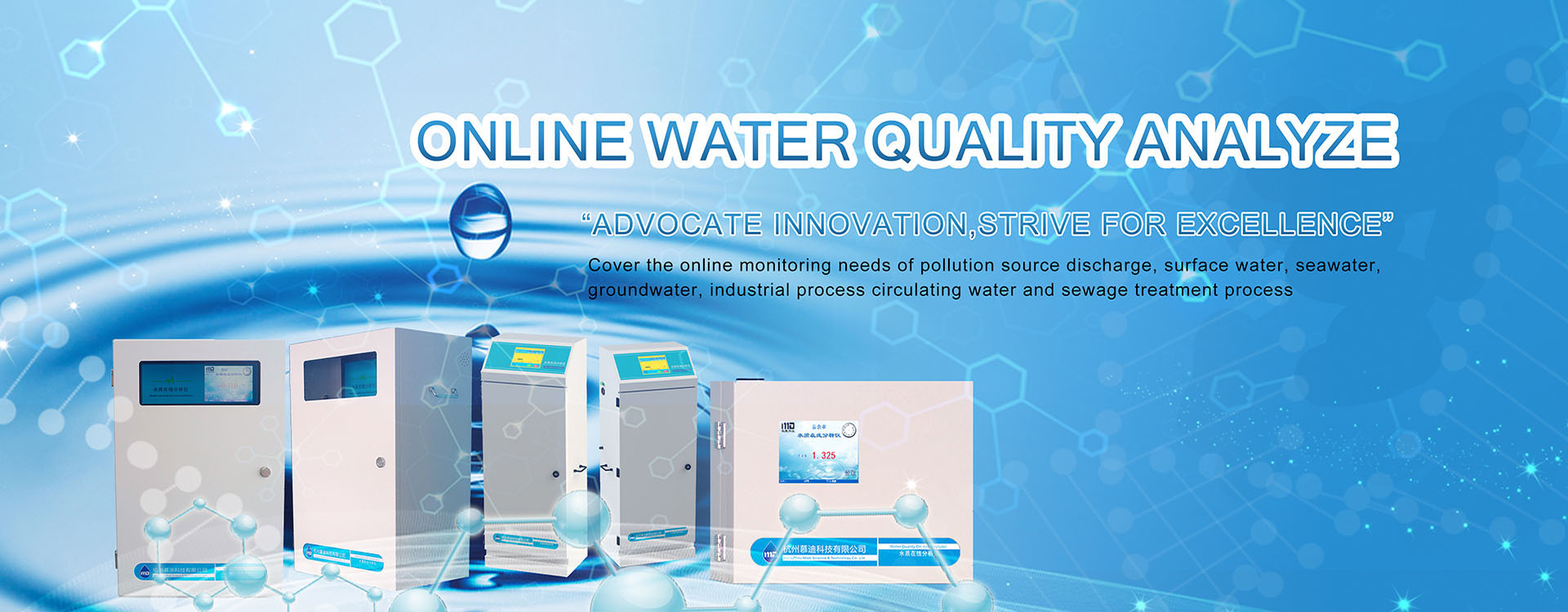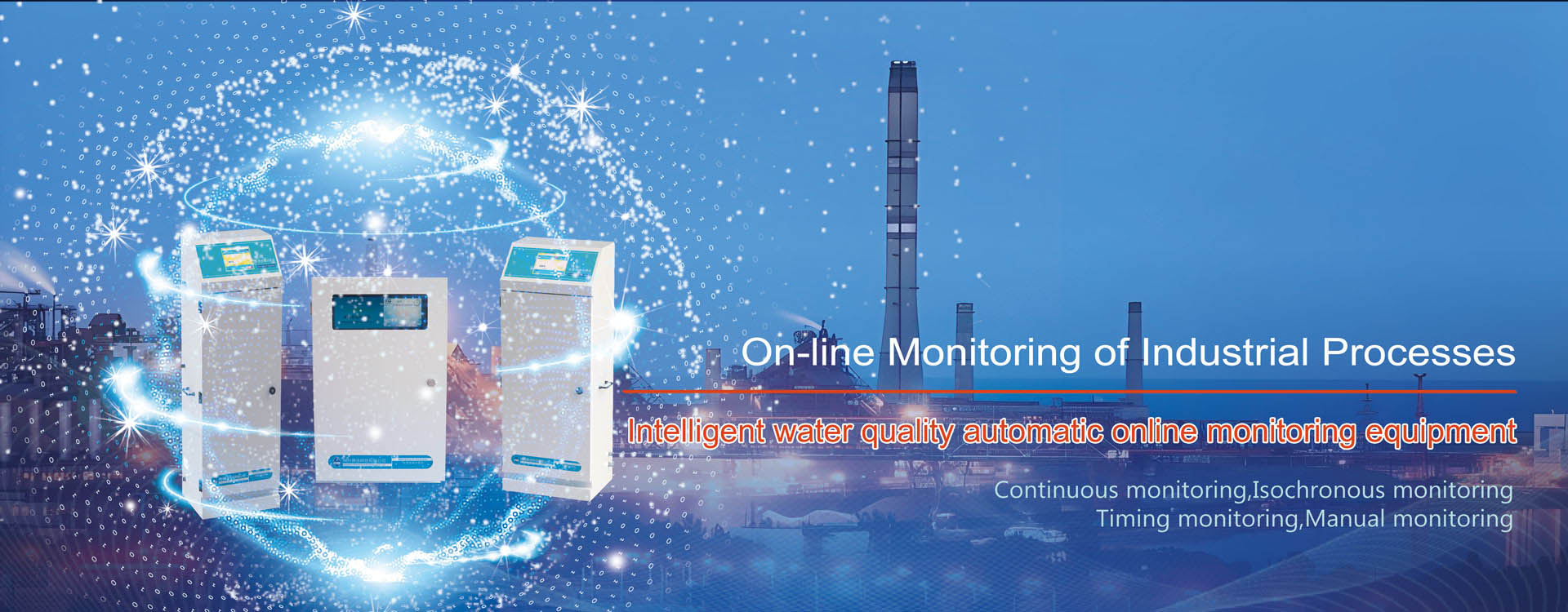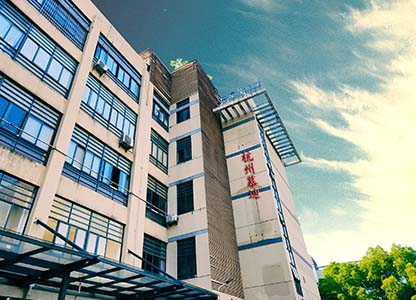pH represents the ratio of hydrogen ion concentration to the total substance amount in a solution. In pond water quality management, pH plays a critical role. This chapter explores the significance of pH in aquaculture pond standards.
Ideal pH Range for Aquaculture Ponds
– Optimal pH: 7.5–8.5 (neutral to slightly alkaline).
– Impacts of pH Imbalance:
– Low pH (<7):
– Inhibits nitrification, slowing organic decomposition and photosynthesis.
– Reduces fish/shrimp metabolism, feeding efficiency, and growth rates.
– High pH (>8.5):
– Disrupts ammonia-ammonium equilibrium, increasing toxic free ammonia (NH₃).
– Weakens colloidal adsorption of ions, affecting nutrient availability.
pH Adjustment Methods
- For Low pH (<7):
– Apply slaked lime (Ca(OH)₂) or crushed limestone at 15–20 kg/mu to raise alkalinity.
- For High pH (>8.5):
– Use gypsum (CaSO₄) or non-toxic weak acids (e.g., citric acid).
– Introduce algae cultivation to consume excess CO₂ and stabilize pH.
Preventive Measures:
– Pre-stocking: Treat ponds with quicklime (CaO) to neutralize acidic sediments and improve substrate aeration.
– Routine Maintenance: Apply 15–20 kg/mu of quicklime every 10–15 days to maintain weak alkalinity and precipitate organic matter.
Special Cases:
– Saline-alkaline ponds: If pH exceeds 9.0 at dawn, immediately dilute with freshwater to keep pH ≤9.5.
Monitoring Solutions
Regular pH tracking is essential. Use water quality analyzers such as:
– Portable pH meters for spot checks.
– Online pH sensors for continuous monitoring (e.g., installed near aerators).




